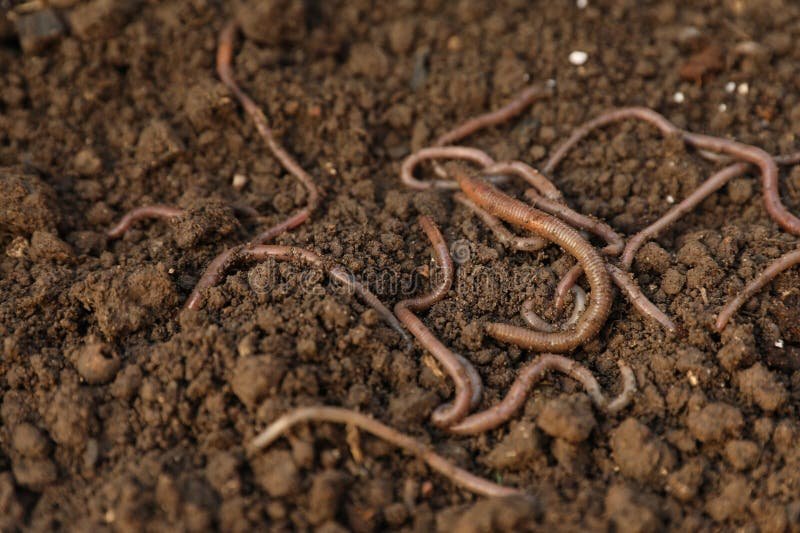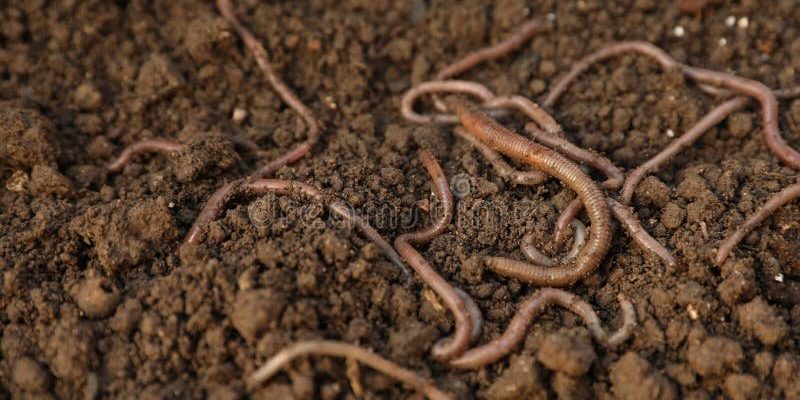
Imagine wetlands as nature’s water filters. They help clean pollutants and manage water flow, but they can’t do it alone. Earthworms are essential players in this intricate web of life. By burrowing through the soil, they aerate it, allowing water and nutrients to move freely. Think of them as tiny construction workers, digging tunnels that create paths for water and food to reach plant roots. This not only nourishes the plants but also supports a variety of other species that depend on these habitats.
Let’s dive deeper into the world of earthworms in wetlands and riparian zones to see how they contribute to ecosystem health and resilience.
Understanding Wetlands and Riparian Zones
Wetlands are areas that are saturated with water, either permanently or seasonally. They can be found in various forms, including marshes, swamps, and bogs. These ecosystems are incredibly diverse and serve numerous functions. Riparian zones, on the other hand, are the interfaces between land and a river or stream. Picture these zones as a buffer between water and land, often lined with lush vegetation. Both wetlands and riparian areas are crucial for biodiversity, serving as habitats for many species.
These environments work like a sponge, absorbing excess rainwater and releasing it slowly, which helps prevent flooding. Wetlands also filter pollutants from water before it enters larger bodies like rivers and lakes. This filtering process is vital for maintaining clean water sources for wildlife and humans alike. The health of these ecosystems directly influences the health of surrounding areas, making their preservation essential.
The Role of Earthworms
Now, let’s zoom in on the little earthworms themselves. Earthworms are more than just food for birds; they play a key role in nutrient cycling and soil structure within wetlands and riparian zones. As they burrow through the ground, they break down organic matter, like fallen leaves, into nutrient-rich soil. This process, known as *vermicomposting*, enhances soil fertility and helps plants grow strong.
Moreover, their burrows increase soil porosity, allowing rainfall to seep deeper into the ground rather than running off the surface. This is especially important in wetlands, where the soil can often become compacted. With improved drainage and aeration, earthworms help maintain moisture levels, making it easier for plants to access the water they need to thrive.
Benefits of Earthworms in Wetlands
Earthworms contribute significantly to the health of wetlands in several ways:
- Soil Fertility: They break down organic materials into humus, enriching the soil.
- Water Regulation: Their burrows improve water infiltration, helping reduce flooding risks.
- Nutrient Cycling: Earthworms help recycle nutrients, making them available for plants and other organisms.
- Habitat Improvement: Their activity creates a more hospitable environment for plants and animals.
Healthy wetlands can absorb large amounts of water, which mitigates the impact of heavy rainfalls. When earthworms actively contribute to soil health, they indirectly help manage stormwater and reduce erosion. This is crucial, especially in the face of climate change and increasing weather extremes.
Earthworms in Riparian Zones: A Natural Bridge
Riparian zones benefit from earthworms just as much as wetlands do. These areas often experience fluctuations in moisture levels due to their proximity to rivers and streams. The presence of earthworms can stabilize these zones by promoting soil health and structure.
Let’s consider the role they play in vegetation. Healthy vegetation along riparian zones is critical for preventing soil erosion and providing habitat for wildlife. Earthworms, by improving soil fertility and moisture retention, support the growth of these plants. Strong plant roots hold the soil together, which helps prevent it from washing away.
Additionally, the activities of earthworms enhance organic matter decomposition in riparian zones. As they break down leaf litter and other organic materials, they enrich the soil. This process encourages healthy plant growth, creating a lush habitat for various species to thrive.
How Earthworm Activity Affects Ecosystem Balance
Earthworm activity is like a balancing act. They’re not only busy making the soil more fertile, but they also contribute to a more stable ecosystem. When earthworm populations are healthy, you can see a visible difference in plant and animal life. This balance is crucial for both wetlands and riparian zones.
Increased earthworm activity leads to healthier plant communities, which, in turn, support a diverse range of animal species. Birds, amphibians, and even insects rely on these plants for food and shelter. When the balance is disrupted—due to pollution, habitat loss, or climate change—the ripple effects can be significant. That’s why protecting earthworm populations is essential for maintaining the health of these ecosystems.
Threats to Earthworm Populations
Unfortunately, earthworms face numerous threats that put their populations—and the ecosystems they support—at risk. One major threat is habitat destruction. As wetlands and riparian zones are drained or developed for agriculture or urbanization, earthworms lose their homes. Without suitable habitats, these creatures struggle to survive.
Pollution also poses a significant risk. Chemicals like pesticides and fertilizers can harm earthworm populations. Since these substances can accumulate in the soil, they might not only kill earthworms directly but also disrupt their reproductive processes.
Climate change further complicates matters. Changes in temperature and precipitation patterns can affect soil moisture levels, impacting earthworm survival. As these conditions become less favorable, their populations may dwindle, leading to a cascade of negative effects on wetlands and riparian zones.
Conservation Efforts for Earthworms in Wetlands and Riparian Zones
Taking steps to conserve earthworm populations is essential for protecting wetlands and riparian zones. One effective approach is to promote sustainable land-use practices. By minimizing pesticide use and opting for organic farming techniques, we can create a healthier environment for earthworms.
Restoration projects are another way to help. Rehabilitating damaged wetlands and riparian zones can create new habitats for earthworms to thrive. This might involve reintroducing native vegetation to improve soil health and stability.
Public education is vital too. By raising awareness about the importance of earthworms, we can encourage community involvement in conservation efforts. Simple actions, like planting native species and creating buffer zones around water bodies, can make a big difference.
Final Thoughts: Celebrating Earthworms
In conclusion, earthworms may be small, but their impact on wetlands and riparian zones is monumental. These little creatures help regulate water, enrich soil, and support a diverse range of life. By understanding their role and the threats they face, we can take important steps toward conservation.
So, next time you spot an earthworm while gardening or walking in nature, remember that it’s more than just a worm. It’s an essential part of our ecosystem, working quietly to keep our planet healthy. Let’s champion these unsung heroes and ensure they continue to thrive in our wetlands and riparian zones for generations to come.

